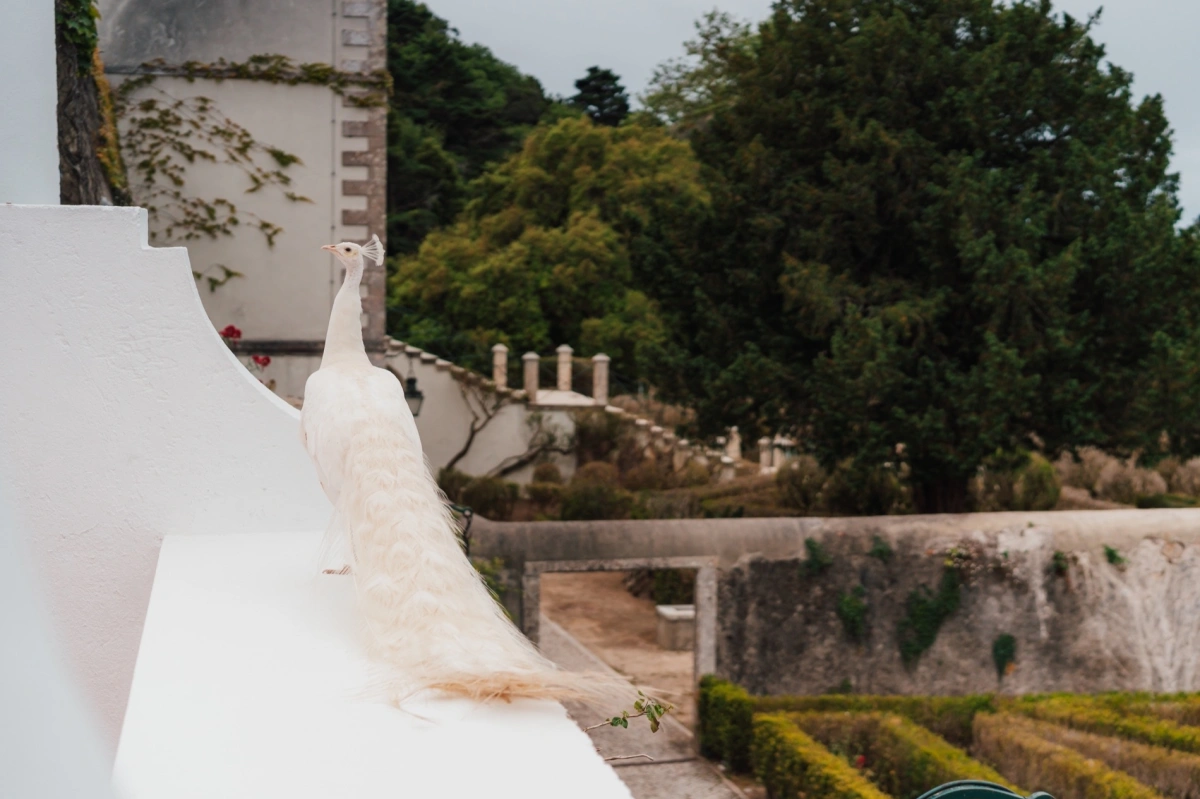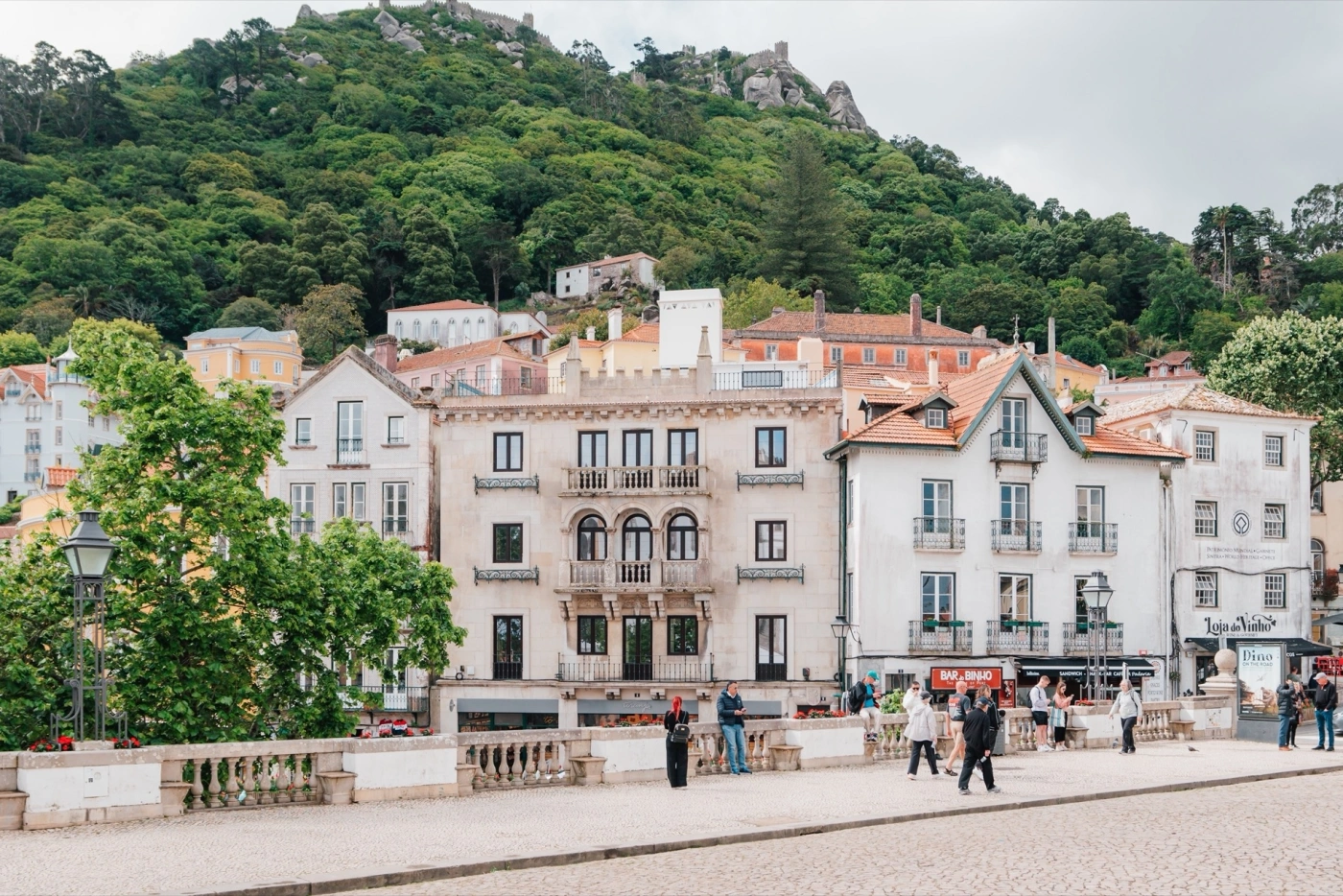History & Culture
The palace was born from a dream
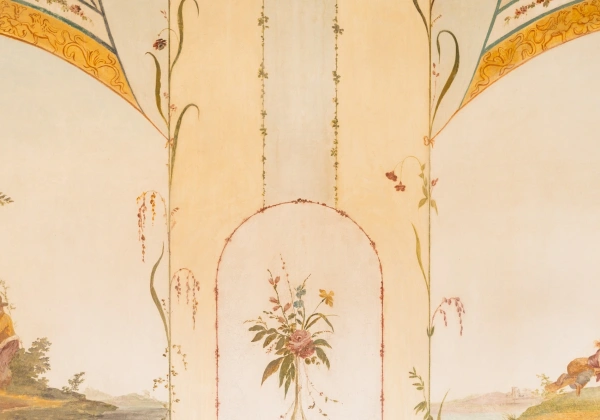
1787
It was born of a dream, in 1787. Daniel Gildemeester (1717-1793), a wealthy businessman and Dutch consul in Portugal, wanted to live the rest of his life enjoying the beauties of Sintra, so Quinta da Alegria was born. The diplomat died six years later.
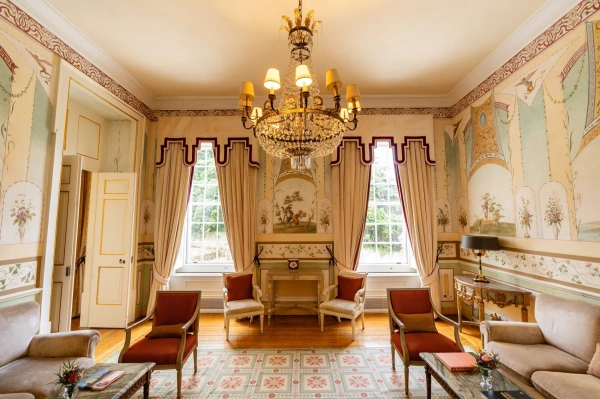
1790
With the new owner, D. Diogo Vito, the 5th Marquis of Marialva (1739-1803), the entire European aristocracy flocked to Sintra for its palace festivities. The Marquis duplicates the building and adds the triumphal arch joining the two wings. It was the golden period of Seteais.
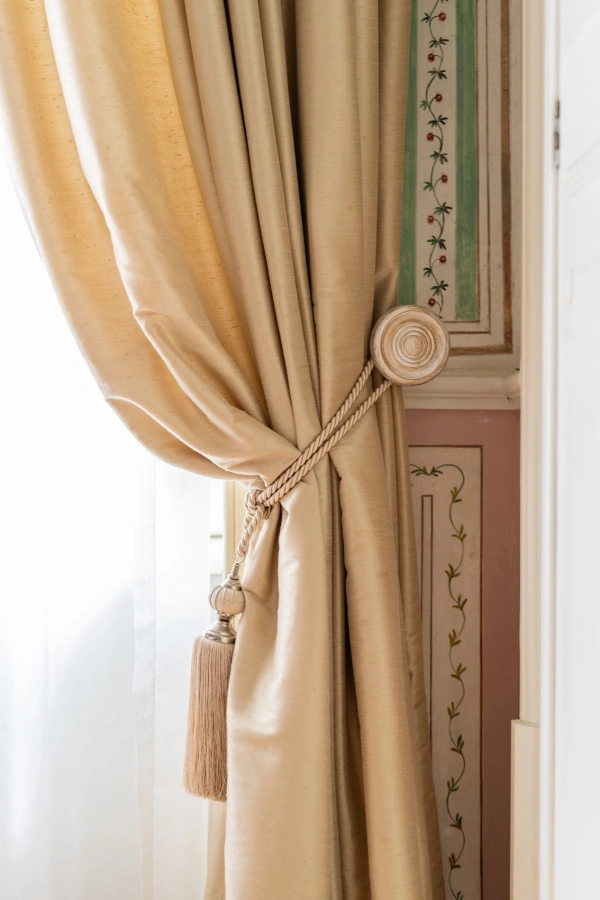
1803
Forgotten between 1803 and 1946, the palace was acquired by the Portuguese State and classified as a Property of Public Interest.
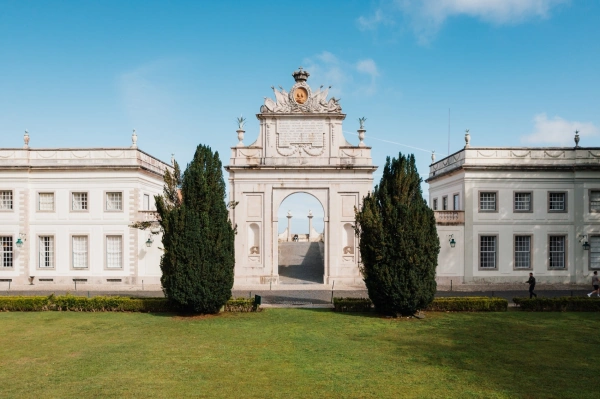
1955
Raul Lino (1879-1974), one of the most outstanding architects of the twentieth century, was responsible for its conversion into a hotel. On September 29, 1955, the Hotel Palácio de Seteais opened its doors.
Legends
Seteais is shrouded in legends
D. Diogo Vito, the 5th Marquis of Marialva, was a partygoer and loved to show off the grandeur of his palace. When he received the guests, he took them to the viewpoint and told them that his property was so large that if he shouted "Ai" the echo was heard seven times. And it was heard, because the nobleman hid seven servants along the labyrinth of the gardens, and they repeated the "Ai" in turn. Thus, the name of the Sete Ais palace remained Sete (Seven) Ais. Ai! Ai! Ai! Ai! Ai! Ai! Ai!
Sad and romantic is the legend of the Moorish princess who at birth was cursed and when she pronounced the seventh "woe" (“ai”) she would die. The years passed and the first King of Portugal took Sintra from the Moors and ordered his knights to take the castle. One of them came across the beautiful princess on the run. She expresses an "ai", a mixture of restlessness and admiration. The knight falls in love and wants to help her, which bring another “ai”.
The princess's nurse warns her that she must not pronounce another "ai" under penalty of fulfilling the prophecy. The lovers flee accompanied by the nurse and settle in the knight's house. The woman lived in fear and cried, which aroused the knight's curiosity. The princess counted six "ais" when her beloved is sent on a royal mission. During his absence, the Arab to whom the maiden was betrothed surprises her and tries to take her. The nurse, when trying to protect her is beheaded, which extracts the seventh "ai" from the princess who falls dead at the same instant. Upon returning, the knight was devastated by sad news, swears eternal revenge and the place where they happily lived was named Seteais, in honour of the princess.
There are numerous references to rye cultivation in the region since 1500, so the name of the palace may result from the sowing: centeais.
